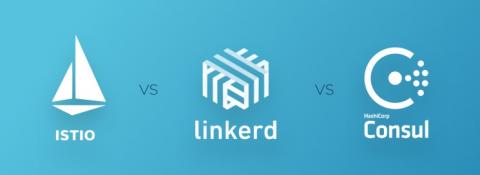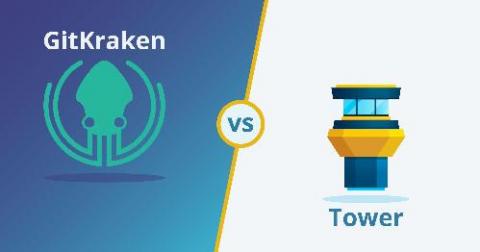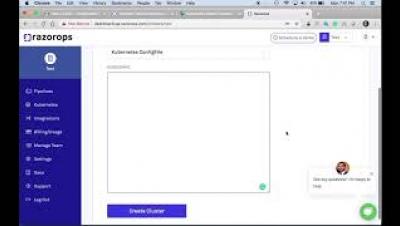Operations | Monitoring | ITSM | DevOps | Cloud
DevOps
The latest News and Information on DevOps, CI/CD, Automation and related technologies.
Istio vs. Linkerd vs. Envoy: A Comparison of Service Meshes
In a previous article, we examined service meshes in detail. Briefly, a service mesh takes care of network functionality for the applications running on your platform. As Kubernetes has matured as a technology, service meshes have become a hot topic, with various products being developed to solve the challenges associated with areas like traffic management, security, and observability. This article will compare three service meshes.
A Lesson for Every Startup from Bitcoin's 2017 Outage
In December 2017, significant declines were recorded on the exchange rate of the world’s most popular digital currency—Bitcoin. Investors who wanted to sell their currencies quickly, for fear of further declines, turned to the biggest cryptocurrency stock exchange, known as Coinbase. At Coinbase, they did not seem stressed. Their service was unavailable for several hours, and investors switched to selling their Bitcoins on other exchanges.
Understanding audit logs - Stack Doctor
GitKraken vs Tower
The increasing popularity of Git in the software industry has led to the introduction of numerous tools designed to make the version control experience faster and more intuitive. The most notable tool for enhancing a developer’s Git workflow is a graphical user interface (GUI). Most Git GUIs on the market today offer a variety of features for simplifying Git commands into quick actions; many also have a heavy focus on making collaboration easier.
How to monitor Kubernetes audit logs
Datadog operates large-scale Kubernetes clusters in production across multiple clouds. Along the way, audit logs have been extremely helpful for tracking user interactions with the API server, debugging issues, and getting clarity into our workloads. In this post, we’ll show you how to leverage the power of Kubernetes audit logs to get deep insight into your clusters.
Kubernetes Events Explained
Kubernetes events are a resource type in Kubernetes that are automatically created when other resources have state changes, errors, or other messages that should be broadcast to the system. While there is not a lot of documentation available for events, they are an invaluable resource when debugging issues in your Kubernetes cluster. In this post we will learn how to look at events, learn about a few specific event types, and discuss how to monitor Kubernetes events.
Razorops Introduction: Add Linode Cluster to Razorops
Bring Test Engineering into your DevOps practice
What do a test engineer and a DevOps or SRE team member have in common? The reality is that different teams need to proactively understand what is happening in production at critical milestones along the software engineering delivery cycle. In the words of Abby Bangser, senior test engineer at Moo, “Testing has so much in common with Ops and SRE teams. We need to ask interesting questions of production. We need no more debates whether a bug gets fixed.
Canary deployments for IT operations
This article originally appeared in Jaxcenter. Canary deployments are a commonly-used DevOps practice for staggered rollouts, sending small updates to groups in order to catch and fix issues. Ultimately, experimenting with DevOps practices such as canary deployments can help IT (and IT operations) bridge the gap with the business and deliver more value, faster.











